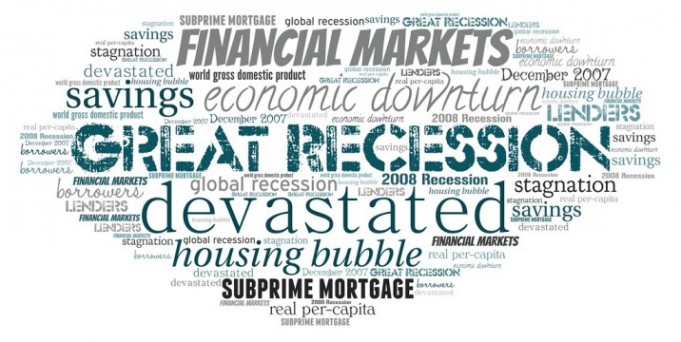The Great Recession
“The Great Recession” often referred to as the 2008 Recession in the United States linked to the mortgage crisis. The primary cause of the financial crisis was due to deregulation in the financial industries. It was a global economic downturn that affected the world financial markets as well as banking and real estate industries. The financial crisis began in December 2007 and lasted 18 months, as per economists the longest downturn since World War II.
The cause of the financial crisis: low-interest rates and the risk of default repayments was underestimated.
Low-interest rates sparked the construction boom, particularly in the housing sector. The US central bank (Fed) kept the low-interest rates to boost the economy. The low mortgage interest rates meant that many citizens can afford loans to purchase there own home. This increases the demand for real estate and property prices as well. And these mortgage packages by the bank are known as Collaterizied debt obligations (CDO’s).
The CDO’s were sold to various investors and other financial institutions. The demand increases and to meet that demand, the banks and brokers granted more and more mortgages for poor interest return. The quality of the mortgages constantly declines as the increase in the risk of the borrower not being able to pay their mortgage interest.
The collapse of Lehman in 2008 and Fannie Mae, Freddie Mac, and the 2008 credit crisis
The US financial institutes were on crisis: JP Morgan takes over the US investment bank Bear Stearns in March 2008. The US saved the mortgage banks, Fannie Mae and Freddie Mae, the two US government-sponsored banks. But the Lehman brothers, the investment bank could not be saved. If the government would save Lehman brothers, then the 25,000 employees were not be laid off. The US government also saved the AIG – the world’s largest insurance group from collapse. After the collapse of Lehman Brothers, in October 2008 the seven largest banks cut their key rates, these include the SNB, the ECB and the Fed, the US central bank.
The G20 reforms to stabilize the financial markets
The representatives of G20 ( Spain and Netherlands as well) set a meeting in the USA, in November 2008. And agreed to set measures to reform and stabilize the financial system. In 2011 the European central bank steps forward to support countries like, France, Greece, and Italy by purchasing the government bonds to settle down between the end of 2011 and the spring of 2012.
The financial problems were still not over by 2012. It took a long time to reform by both the ECB and the US central bank to bring the banking back on tracks. This situation made the economy in the US and Europe more tightened and improved the supervision of the financial systems. Will this protect the global economy from an upcoming recession? Well, it depends.









